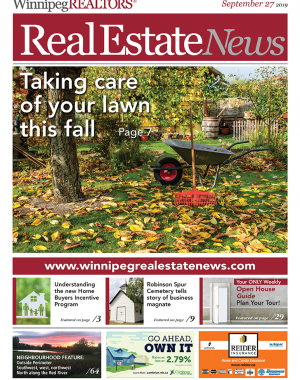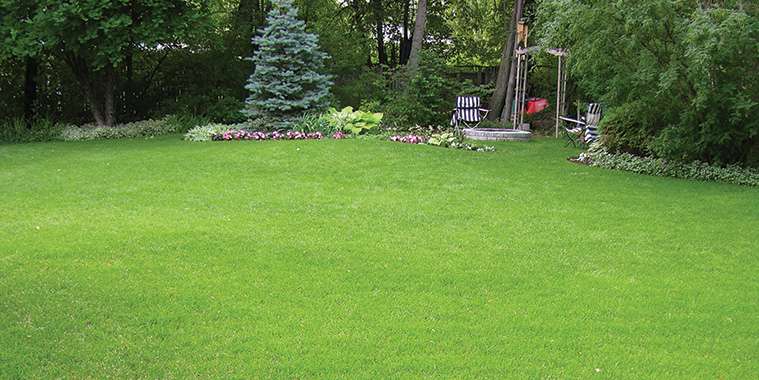by Dorothy Dobbie
You can spend backbreaking hours raking leaves, piling them into bags and carrying them off to the nearest recycle bin, or you can simply use your lawn mower to vacuum the leaves into the collection bag or mulch them into the lawn. It may take a couple more passes with the lawn mower to make the leaves disappear, but eventually they will be cut up into small nutritious bites that will be taken underground by the earthworms to feed your grass.
It is not only the lawn that will benefit from not raking. The trees from which the leaves fell will also be grateful. After all, that is the natural cycle: leaves fall. Worms and other creatures pull the fallen leaves underground. The nutrients stored in the leaves are returned to the earth and then to the tree.
You may also have been bagging grass clippings on the understanding that doing this will avoid “thatch” buildup. If thatch does become an issue, it won’t be from leaving or mulching lawn clippings, unless you have been mowing very long grass on a habitual basis. Thatch buildup comes mostly from the interlinking grass roots of the living plant. This happens most often with lawns growing in acidic conditions or where grass has been overwatered and overfed, causing it to grow too quickly.
However, a little thatch can even be good as it serves as mulch, keeping moisture in and roots cool. Grass seed will grow in it, too, and give you a nice springy lawn. It is true that you don’t want to let thatch get beyond a half-inch thick. This can deprive the grass of light, repel rain or even, in wet years, keep the ground too soggy resulting in root rot and fungal disease. If true thatch does build up in your lawn, get the lawn aerated.
Leaving grass clippings on the lawn and mulching them with your mower, adds natural nitrogen. Grass clippings will return about one kilogram of nitrogen to every 100 square meters. This will keep the lawn that bright green colour. If the lawn turns yellowy, it needs fertilizing from an additional source. In fall, keep the nitrogen level low, while providing the grass with some phosphorus and potassium and even iron. In spring, bring on the nitrogen. And leave your lawn clippings at any time!
To give your lawn a treat this fall, consider this top dressing formula: six parts sand, three parts soil, one part peat moss. Add some lawn seed as a final constituent after freeze up. Add the seed whether you top dress or not.
Moss will grow where the conditions permit and if your lawn is soggy, acidic and shady, then moss can become a nuisance. Usually moss will disappear as conditions change, but if not, you can rip it away physically and then apply a moss killer (usually iron sulphate), best applied in spring or early fall. Adding garden lime to acidic soil, that is soil where the pH level is below 6.5 (soil testers are available commercially), may help prevent a return of moss.
Resist the temptation to cut the grass too short as this can result in actually scalping in some areas where the ground may be a bit uneven. Very short lawns need more watering and make the grass susceptible to diseases. Short grass promotes the growth of weeds. He recommended mowing height is six to 7.5 cm (2.5 to three inches).
For shady areas, there are great new mixtures of fescue that thrive in shade. These plants are also drought resistant and grow slowly, reducing mowing times.
Dorothy Dobbie is the publisher of Manitoba Gardener, part of the Local Gardener series. Go to localgardener.net. Listen to Dorothy on CJNU 93.7 on your radio or the Internet or on MTS TV channel 725 at 8 every Sunday morning.



